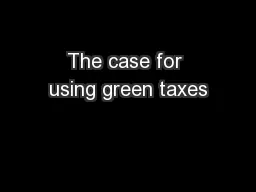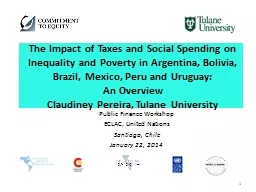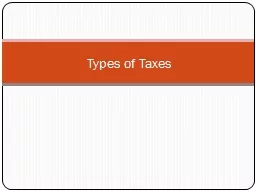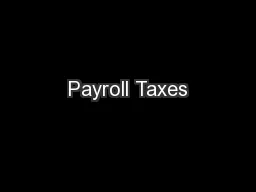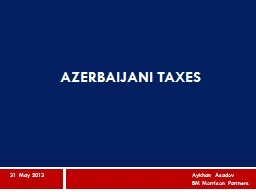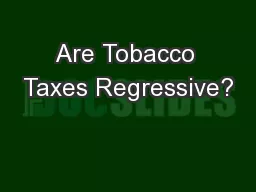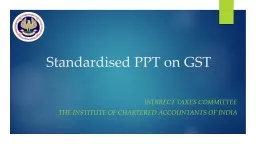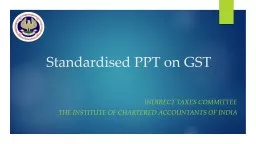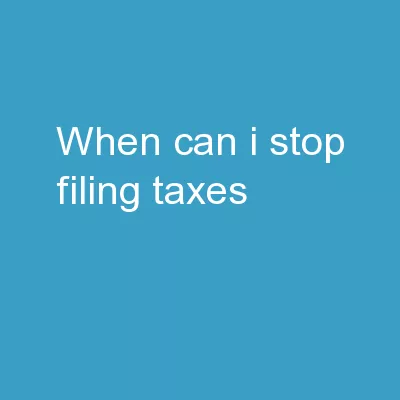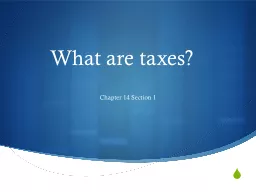PPT-The case for using green taxes
Author : karlyn-bohler | Published Date : 2017-08-24
as own resources to finance the EU budget Dr Constanze Adolf amp Klaus Röhrig 22 September 2016 17 th GCET Groningen Environmental fiscal reform II Green
Presentation Embed Code
Download Presentation
Download Presentation The PPT/PDF document "The case for using green taxes" is the property of its rightful owner. Permission is granted to download and print the materials on this website for personal, non-commercial use only, and to display it on your personal computer provided you do not modify the materials and that you retain all copyright notices contained in the materials. By downloading content from our website, you accept the terms of this agreement.
The case for using green taxes: Transcript
Download Rules Of Document
"The case for using green taxes"The content belongs to its owner. You may download and print it for personal use, without modification, and keep all copyright notices. By downloading, you agree to these terms.
Related Documents

